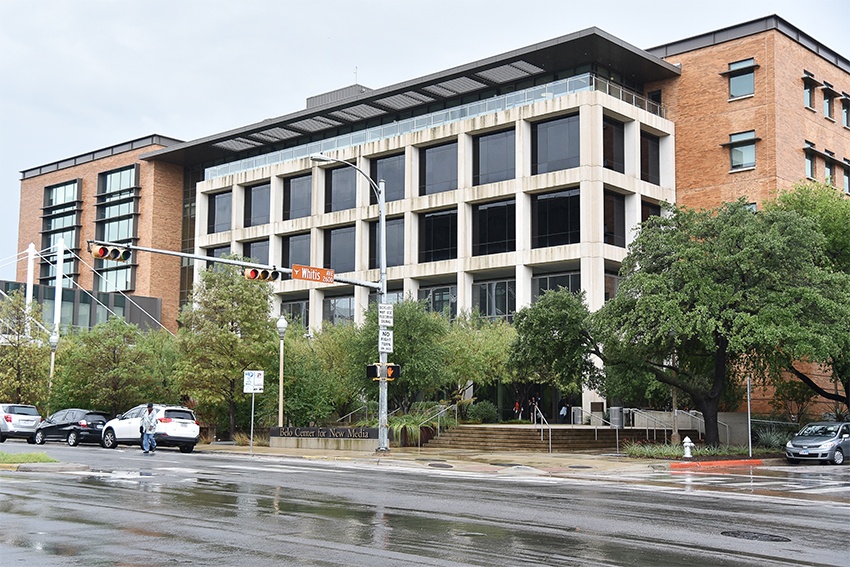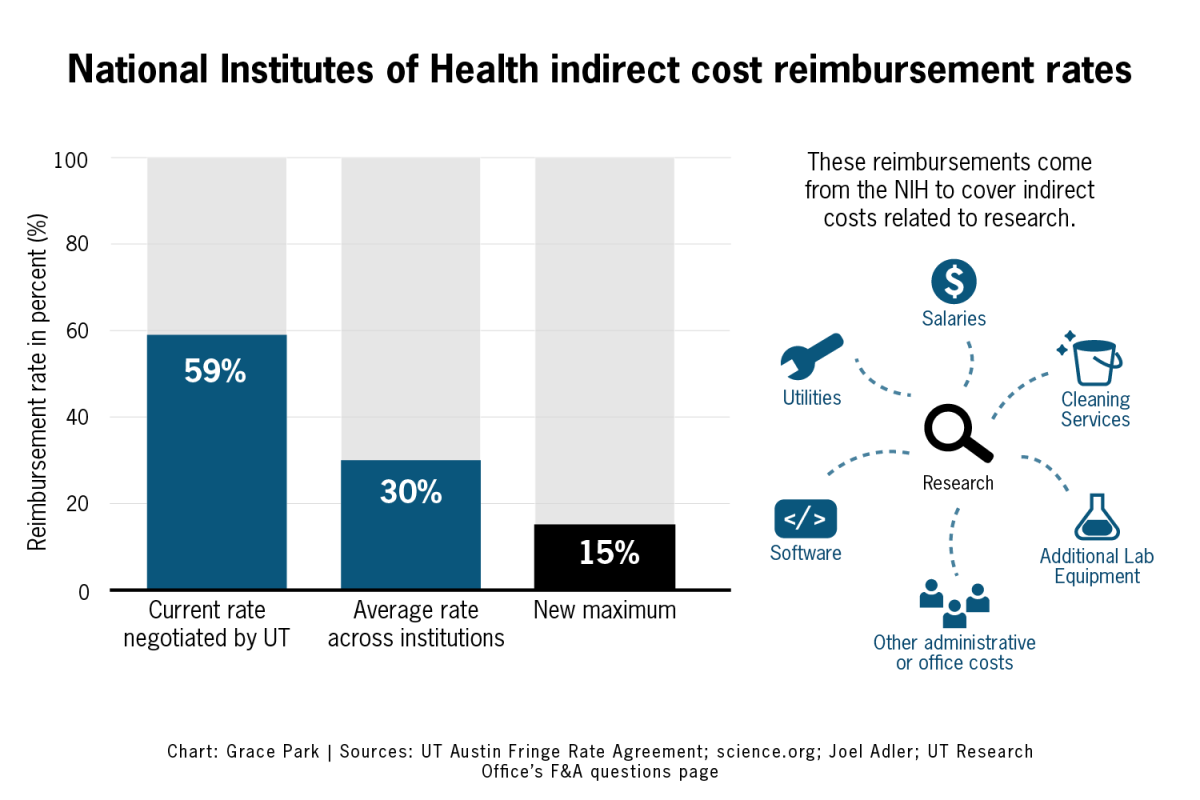UT scientists are investigating the possibility of storing carbon dioxide underwater as opposed to letting the gas pollute the atmosphere.
Preventing the emission of carbon dioxide into the atmosphere is known as CO2 sequestration. This project, done by a team of scientists at the University’s Bureau of Economic Geology, marks the first steps toward offshore carbon dioxide storage. Typically, carbon dioxide is kept on inland storage sites called storage wells.
The Jackson School of Geosciences is the first academic institution to use the P-cable marine seismic acquisition system, which allows scientists to bounce a seismic signal off the sea’s surface. The resulting echo is then recorded and analyzed to create a high-resolution image of sub-surface geological features, like faults.
“It’s a lot like a bat,” said Nathan Bangs, a senior research scientist at UT’s Institute for Geophysics. “A bat sends out a signal and it listens for echoes to come back, and it reconstructs an image in its head of what’s out there. We use the same principle.”
By determining sub-surface faults and fractures, scientists can determine the permeability of a given area. This information is critical in understanding fluid migration, or the movement of fluid across separations in sub-surface layering. This determines whether or not an area is an acceptable storage site for carbon dioxide.
“By mapping out where the faults are, we can get a good idea of whether or not the fluid can migrate through pretty easily or whether it would have a difficult time,” Bangs said. “So that’s one of the main goals of the research, is to be able to look and see where the faults are, and [to] be able to get some idea as to whether this is a leaky system, or whether it’s a nice, tight system that would allow the CO2 to stay put.”
The project is funded by a $10 million grant from the U.S. Department of Energy and the Texas General Land Office, which leases state-owned land for various purposes to earn revenue for the state’s Permanent School Fund.
“Our job here at the Land Office is to try to make money in whichever market it is,” said Jim Suydam, press secretary at the land office. “If it’s natural gas right now, then great, we’ll make money off natural gas. If that goes away in the future, then we’d like to have other sources of revenue. We will be well ahead of everyone else if this research proves to be a viable practice.”
Carbon dioxide sequestration has wide-ranging academic, industrial and societal impact. Along with gathering data regarding the geology of the Gulf of Mexico, the P-cable seismic system allows for collaboration with oil and gas companies, and eventually may help reduce the amount of carbon dioxide released into the atmosphere.
“We like to work on all sorts of projects,” Bangs said. “But we like to work on ones that we know are specifically going to be a benefit to a lot of people, and this is certainly one of them.”



















